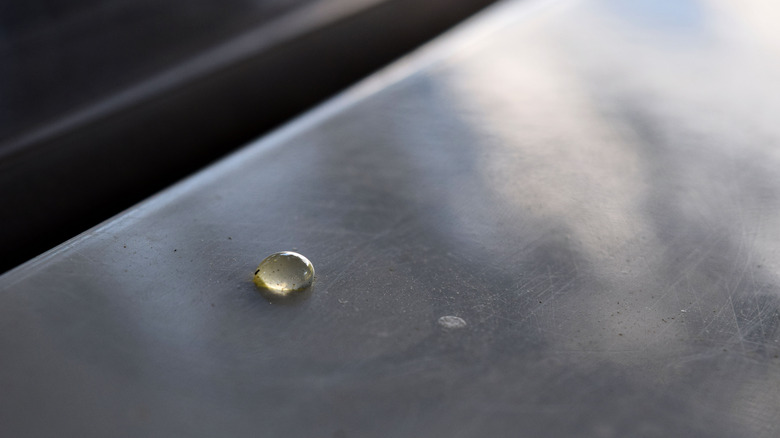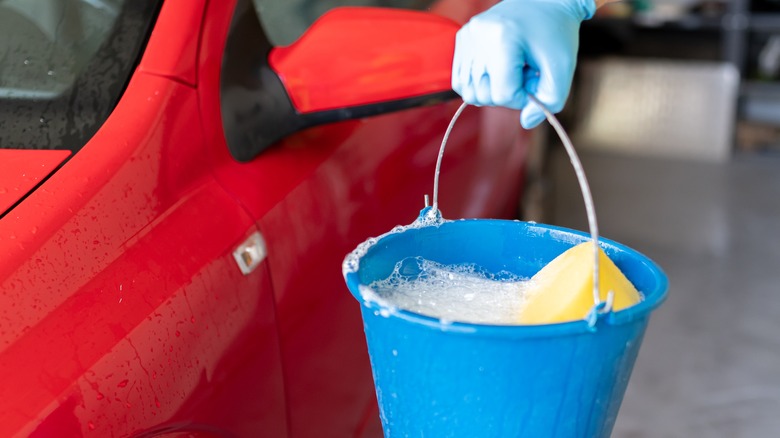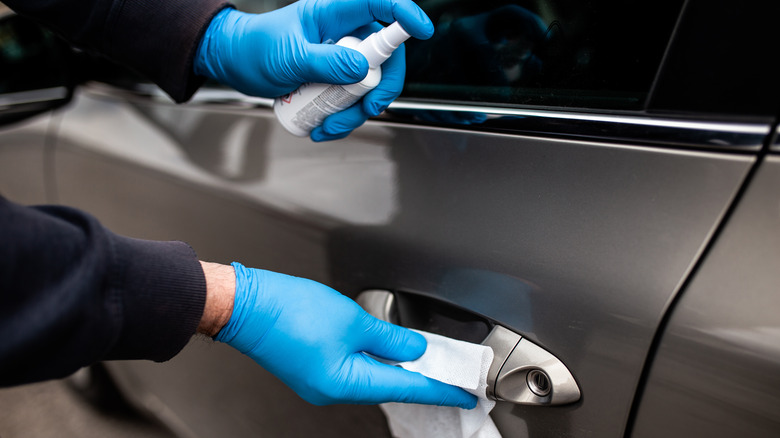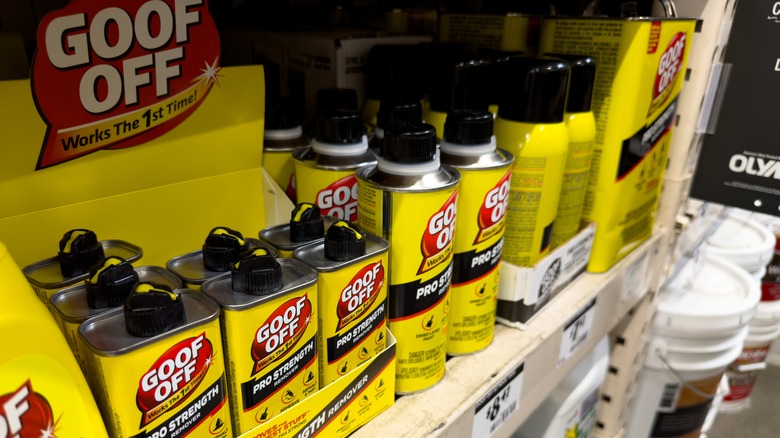3 Ways To Remove Tree Sap From Your Car (Without Damaging The Paint)
Tree sap is a sticky substance produced by trees as part of their natural growth process. While essential for trees, sap can become a significant nuisance when it drips onto your car. It hardens rapidly and tends to bond tightly to the paint surface, making it difficult to remove.
The primary reason tree sap is problematic is its composition. Sap contains a mix of sugars, water, and other organic compounds that harden over time. Exposure to sunlight can make matters worse, causing the sap to become incredibly tenacious and bond tightly to the car's surface. If left untreated, this hardened sap can cause serious damage to your vehicle's paintwork, including discoloration and etching.
Ignoring tree sap on your car for long is not a good idea if you want to maintain the aesthetic and structural integrity of your vehicle's paint job. Fresh sap is relatively easy to tackle, but the longer it sits, the harder it becomes and the more difficult it is to remove. Thankfully, it's possible to get rid of tree sap on your own with the right tools and materials. Before starting the removal process, make sure to give your car a quick wash if it's dirty to prevent any abrasive particles from scratching the paint.
Use hot water and soap
For dealing with fresh tree sap incidents, a simple yet effective solution might be all you need: hot water and car wash soap. The hot water helps soften and loosen the sticky sap, making it easier to remove. Meanwhile, car wash soap is formulated to break down dirt, grime, and even tree sap, helping to lift the loosened sap away from the paint surface.
To begin, park your car in a suitable spot and gather the necessary supplies — a bucket filled with hot (not boiling) water, car wash soap, and a couple of microfiber cloths. Add a generous amount of car wash soap to the bucket of hot water and mix the solution well to create a soapy mixture. Dip a microfiber cloth into the soapy water and gently rub the sap-covered area. Be careful not to apply too much pressure to avoid damaging the car's paint.
Afterward, rinse the treated area with clean water to check if the sap has been effectively removed. Typically, if the sap is fresh and hasn't hardened, this method should suffice. For stubborn sap spots, you may need to use isopropyl alcohol or special removers to get rid of them without damaging your car's paint.
Use rubbing alcohol or hand sanitizer
Both rubbing alcohol and hand sanitizer contain ingredients that help break down the sticky residue without harming your car's paint. Rubbing alcohol (also known as isopropyl alcohol) or hand sanitizer with a concentration of at least 70% alcohol is particularly effective for tackling hardened tree sap. These products work by penetrating the sap's adhesive properties, softening it for easier removal.
To get started, grab a bottle of rubbing alcohol or hand sanitizer and a clean microfiber cloth. Pour a small amount of alcohol onto the cloth and gently rub the affected area where the tree sap is located. As you continue to rub, you'll notice the sap starting to lift off the car's surface. For more stubborn sap spots, apply the alcohol directly onto the hardened areas and allow it to sit for at least 30 seconds. This waiting period allows the alcohol to thoroughly penetrate and dissolve the tough, sticky sap.
Once the sap is successfully removed, rinse the treated area with clean water to ensure all residues of alcohol and sap are thoroughly washed away. Finally, dry the surface with a microfiber cloth to clean water spots and restore your car's paint to its original state.
Consider commercial tree sap removers
You can also find dedicated commercial tree sap removers on the market, such as Goof Off, specifically for this purpose. Alternatively, if you want to save yourself a trip to the store, you can use WD-40, which is likely already present in your garage. Either way, it's crucial to test the product on a small, inconspicuous area first to ensure it does not damage or discolor the paint.
Once you have chosen a tree sap remover, carefully read through its instructions and warnings. Apply the product directly to the sap-covered area using a microfiber cloth or applicator as directed on the label. After allowing the specified time for the remover to work, gently wipe or blot the area with a clean microfiber cloth.
Regardless of the materials you use, the key to removing tree sap, especially stubborn deposits, is to soften it first and then gently remove it. Ideally, preventing sap from settling on your car in the first place is the best approach. You can achieve this by parking your vehicle in a garage or in an area away from trees. Using a car cover can also provide a protective barrier against sap and other environmental contaminants.



